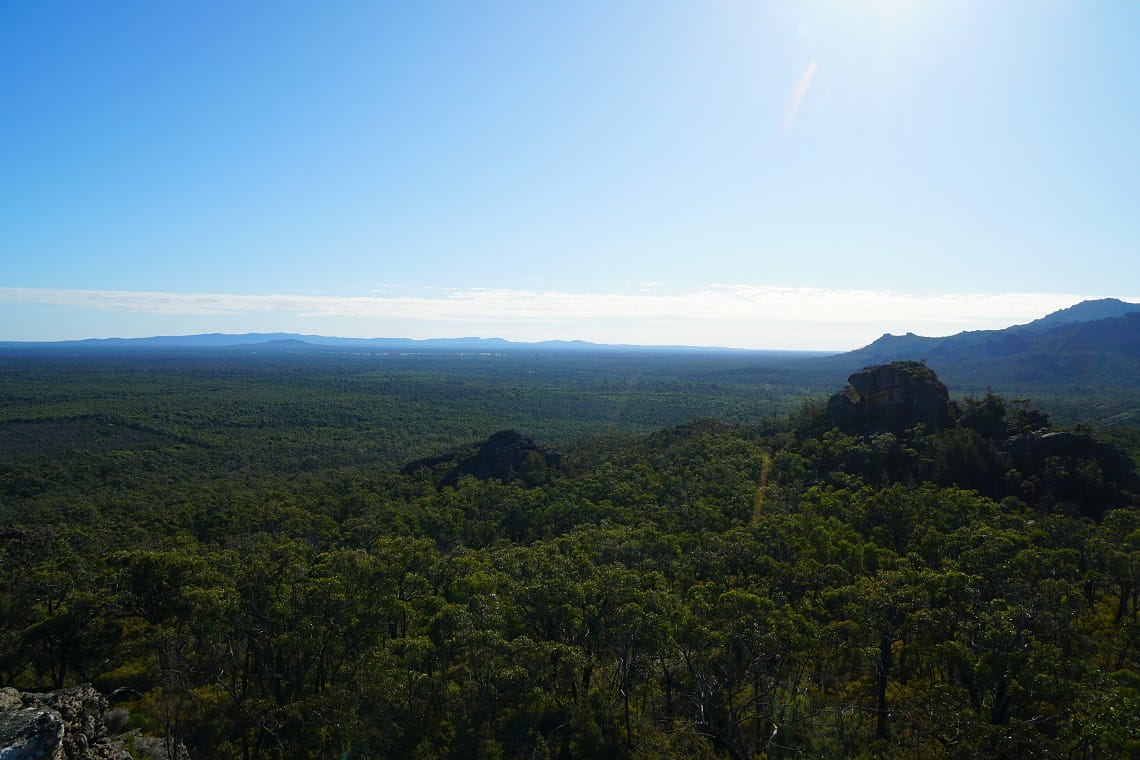 Grampians National Park is part of the Aboriginal bio-cultural landscape known as Gariwerd. The park is heritage listed for it's outstanding national significance for Indigenous rock art places, its richness of flowers and birdlife and its rugged beauty. Gariwerd is on the lands of the Djab Wurrung, Jadawadjali and Gunditjmara peoples.
Grampians National Park is part of the Aboriginal bio-cultural landscape known as Gariwerd. The park is heritage listed for it's outstanding national significance for Indigenous rock art places, its richness of flowers and birdlife and its rugged beauty. Gariwerd is on the lands of the Djab Wurrung, Jadawadjali and Gunditjmara peoples.
Sione Ikafanga is the Cultural Landscapes Advisor for Managing Country Together at Parks Victoria. When speaking about cultural heritage, Sione goes to the core of what it is, and what cultural heritage protection means to him.
"Some people may think when we're referring to cultural heritage protection, it's an artefact or a scar tree or middens. Well, it's all of that and so much more. It's native trees, plants, wildlife, water, fire, all these landscapes across Australia are cultural places and I have been blessed that I have a voice given to me from my Elders past and present, and to help protect and preserve our cultural values," says Sione.
"Long before 1788 there were land managers, the best of land managers and I want to preserve what we've got left."
What is Cultural Heritage?
Cultural heritage is the legacy of Victoria's Aboriginal societies. It can include the physical evidence of past and present occupation and cultural practices, visible through places and objects like shell middens, rock markings, artefacts, and culturally modified trees.
Cultural heritage is also reflected in the intangible cultural values passed from generation to generation – the practices, expressions, knowledge, and skills developed and refined over thousands of years that connect Aboriginal people to one another, their Ancestors and Country.






